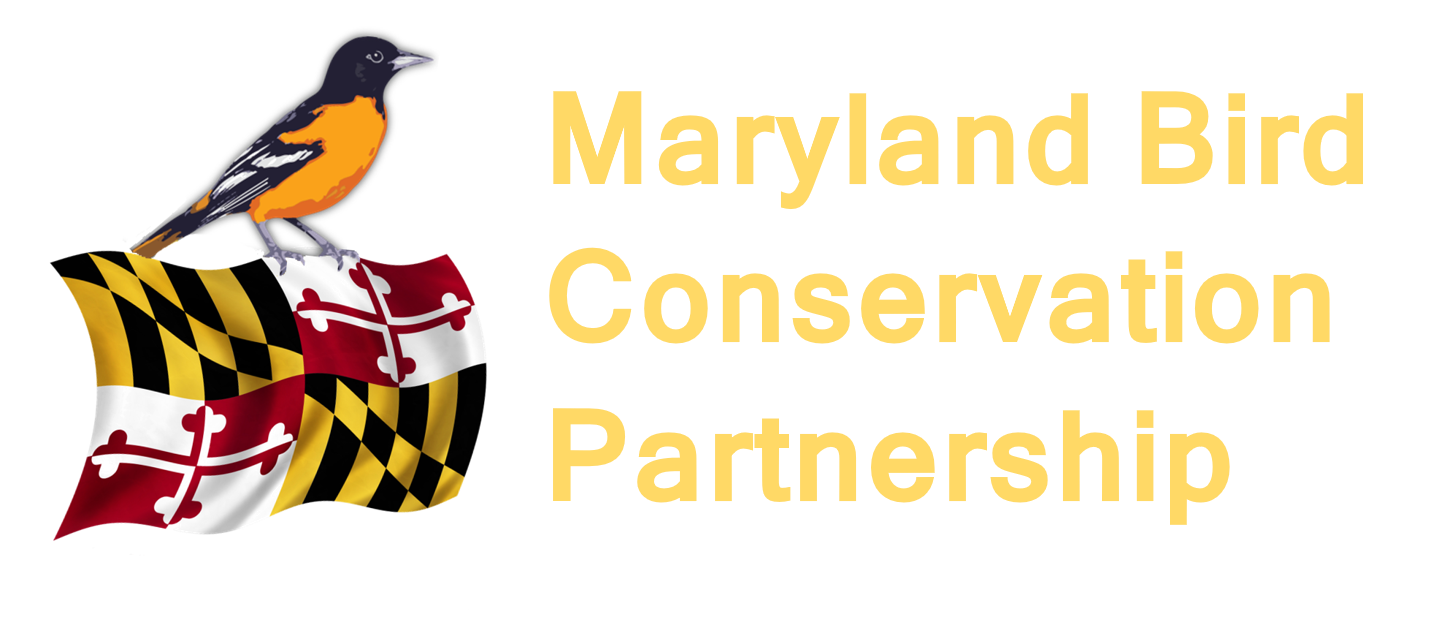Here are some things to know about the Maryland Avian Research & Conservation (MARC) Fund for Youth.
WHO IS ELIGIBLE TO APPLY?
Individuals: All Middle School and High School youth who are residents of or attend a school in Maryland. Graduated high school seniors who have not started college are eligible.
Teams: The Principal Investigator (known as the PI) must meet the criteria for individuals (see 1. above). Other team members who do not meet the Individual criteria must be approved by the MARC Fund Committee.
WHAT KINDS OF PROJECTS ARE CONSIDERED?
Research / Monitoring: conducting research on a species to find out something new. You will need a research question that your work will seek to answer.
Conservation: Implementing an action that seeks to create / restore / improve habitat or eliminate a threat.
Community Engagement: Working with a community or school to make a positive impact for birds and for the community. This could involve creating or improving habitat, forming a citizen action group, or some other kind of positive action toward helping birds.
If you have questions about your idea and whether it fits into one of these categories, please contact us. We will be happy to talk with you about your idea!
WHAT BIRD SPECIES CAN I STUDY?
Projects must include one or more of the 143 Species of Greatest Conservation Need (SGCN) as documented in Maryland's State Wildlife Action Plan. We have prepared the following resources which may be of help:
Excel spreadsheet with the species sorted by taxonomic order, common name, and scientific name.
Excel spreadsheet with data on population size, breeding and non-breeding habitat, and species status.
The Partners in Flight Avian Conservation Assessment Database Handbook. This PDF document provides descriptions of the data used in the spreadsheet on population size.
One page list of common name in taxonomic order. (Word document)
WHERE CAN A PROJECT TAKE PLACE?
Many bird species, including 137 or the 143 Species of Greatest Conservation Need, migrate between breeding and non-breeding places. A bird’s annual cycle (see diagram below) describes where a bird lives and what it does during an entire year. Projects may take place anywhere the bird species you pick spends any part of its annual cycle.
Figure by Megan Gnekow, Cornell Lab of Ornithology. Small-Lorenz, 2013, Nature Climate Change
WHEN ARE APPLICATIONS DUE?
Applications are accepted twice a year. Application deadlines are:
February 28
August 15
Feel free to contact us at any time to discuss a project idea you have!
WHAT CAN THE GRANT FUNDS BE USED FOR?
Grant funds may be used for supplies and materials only. Funds cannot be used for financial compensation of anyone’s time, i.e., no stipends, salaries, or other payments to a person for their time.
WHAT OTHER THINGS MUST I DO TO COMPLETE MY PROJECT?
All MARC Fund grant winners must prepare a written summary about their project. This must be in the form of an article submitted for publication in the MOS newsletter The Maryland Yellowthroat, the semi-annual MOS journal Maryland Birdlife, or another publication approved by the Committee.
WHAT IF I HAVE QUESTIONS OR RUN INTO PROBLEMS WITH MY PROJECT?
A MARC Fund Committee member is assigned as a mentor to every project. We want you to have a successful project and want to know how you’re doing throughout your project. You are not alone - we are here to help you!


